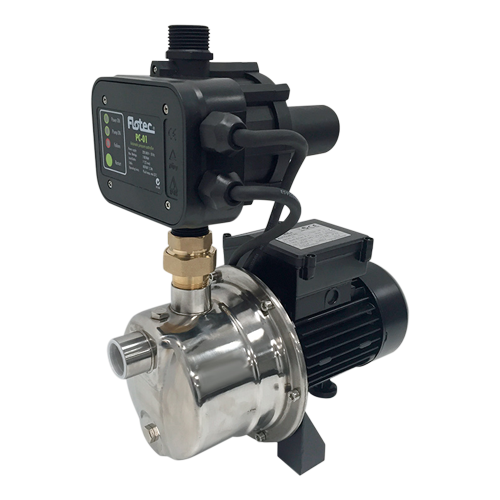SWIMMING POOLS
Daily
Run filter for 8 – 10 hours per day
Chlorine level should be 0.5 ppm to 3ppm for domestic pools and 3 – 5ppm for public pools, including School pools. Check Tritabs in Dispenser or Skimmer, if using Granular Chlorine use 350 grams per day. If using Dichlor or Chlorine Concentrate use 200 grams per day. If using Liquid Chlorine use 500ml per day, measures are for 45,000 litres.
Weekly
Test water balance. Adjust water so that pH is 7.2 - 7.6 unless fibreglass pool where pH should be 7.2. Alkalinity level should be 90 - 120 ppm and Calcium Hardness should be 150 - 200 ppm for fibreglass and vinyl pools and 150 - 300ppm for concrete pools. Always, adjust pH first.
To lower pH use pH Decrease at the rate of 500 grams to lower pH by 0.4. To raise pH use pH Increase at the rate of 500 grams to raise pH by 0.4. To raise Alkalinity use Alkalinity Increase at the rate of 4 kg to increase by 50 ppm. Measures are for 45,000 litre pool.
To raise Hardness use 3kg of Calcium Hardness to increase level 10ppm for 45,000 litres.
Check chlorine levels and dose if required. If using Tritabs use 2 tablets a week for 45,000 litre pool. If the pool is heated increase chlorine dosages by up to 50%.
Vacuum pool, scrub walls, clean baskets, backwash the filter, check for any equipment maintenance required.
2 Weekly
Repeat weekly requirements and Shock Dose pool. Use 3.5 litres of Liquid Chlorine to Shock Dose a 45,000 litre pool or use 1kg of Granular Chlorine for a 45,000 litre pool.
Monthly
Back wash filter.
Add 1litre of Water clarifier to the water to help it sparkle.
3 Monthly
Add 1 litre of algaecide to the water; this assists the chlorine to combat algaes blown into the pool from leaves and dust.
Winter
Reduce filter times to 2 – 4 hours per day and balance chemicals once a month.
Special Instructions for New Marble Plaster or Quartzon Plaster Pools
For the first twelve months after plastering there will be a tendency for the pH of the water to rise. Ensure that the alkalinity level is maintained at 100 – 120ppm and the calcium is at 200+ ppm. Adjust pH by using granular pH decrease.
Where pools are to use salt for chlorination, Salt must not be added for at least six months. Use tritabs or granular chlorine as a substitute.
Regular vacuuming of newly plastered pools is important to stop leaves and debris from staining. Over time such stains will be bleached out by the chemicals in the water.
Bluewater Pools has a regular pool maintenance service and will be pleased to assist where required to clean the pool or service the equipment.
SPA POOL WATER MAINTENANCE
Most Spa Pools contain 1,000 to 1,500 litres of water
The water should be changed every 3 months
Fresh Water Start-Up
To balance the water and ready for use:
- Add 1 tablespoon of Calcium Hardness (Hardness Increase)
- Add 1 Tablespoon of pH decrease
- Add 1 Tablespoon of Alkalinity Increase (Stabilizer)
- Add 1 Tablespoon of Spa Chlorine
Each of these should be added while the pump is running and 15 minutes apart.
After balancing spa water check with test strips and adjust if necessary
Leave Spa Cover off for 1 hour while chemicals are added at start up
Weekly Maintenance
Check with Test Strips and adjust pH and Alkalinity as required using a tablespoon at a time and running pump.
Add 1 Teaspoon of Spa Chlorine per day and 1 Tablespoon (Shock Dose) per week, leave cover off for 30 minutes when Shock Dosing.
Alternatively you can use Bromine Tablets in a floater to replace the daily Chlorine requirement
Protection of Spa Heaters
The water balance in a spa is a key to long life for Heater elements and other metal parts. If the water is too soft or pH is too high then excessive corrosion can take place and Heater elements can have a short life.
Adding Calcium Chloride (Hardness Increase) is essential when fresh water is added to the spa. Some areas have softer water than others so add 1 or 2 tablespoons of Hardness when filling the spa according to the type of water available.
Please do not hesitate to contact us for any of your Pool or Spa requirements.

